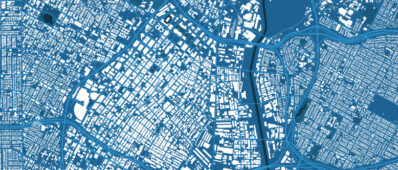Abstract
We have been collaborating in a panel study of commuter behavior in southern California which has been running since winter 1990. We were interested in setting up a panel so that we could study the dynamics of commuting behavior, especially in a situation where the environment was changing (with, for example, road construction and new Air Quality Management District (AQMD) regulations). The present paper focuses upon the design and implementation lessons we have learned from this project, leaving substantive and econometric conclusions for other papers (see, e.g., Brownstone and Chu, 1992; Kim, 1992; and Brownstone and Golob, 1992).
The survey instrument involves detailed reporting of the home-work-home trip chain, with summaries of general mobility and alternative choices for a recall period of two weeks. The survey also gathers information on attitudes concerning transportation, perceptions of incentives provided by employers to limit solo driving trips, past experiences with transit and ridesharing, and social, economic, and demographic questions.
Since this project was conceptualized as a pilot study, we have engaged in modifications more freely than we might otherwise. The details of the initial instrument design can be found in Golob and Golob (1989). While we did not carry out formal experimentation, we nonetheless believe that some things worked well while others created unforeseen problems. We discuss, first, construction of the sample, second, efforts to deal with attrition, third, modifications of the instrument, fourth, an attempt to obtain contextual measures, and, fifth, accounting and timing problems.



